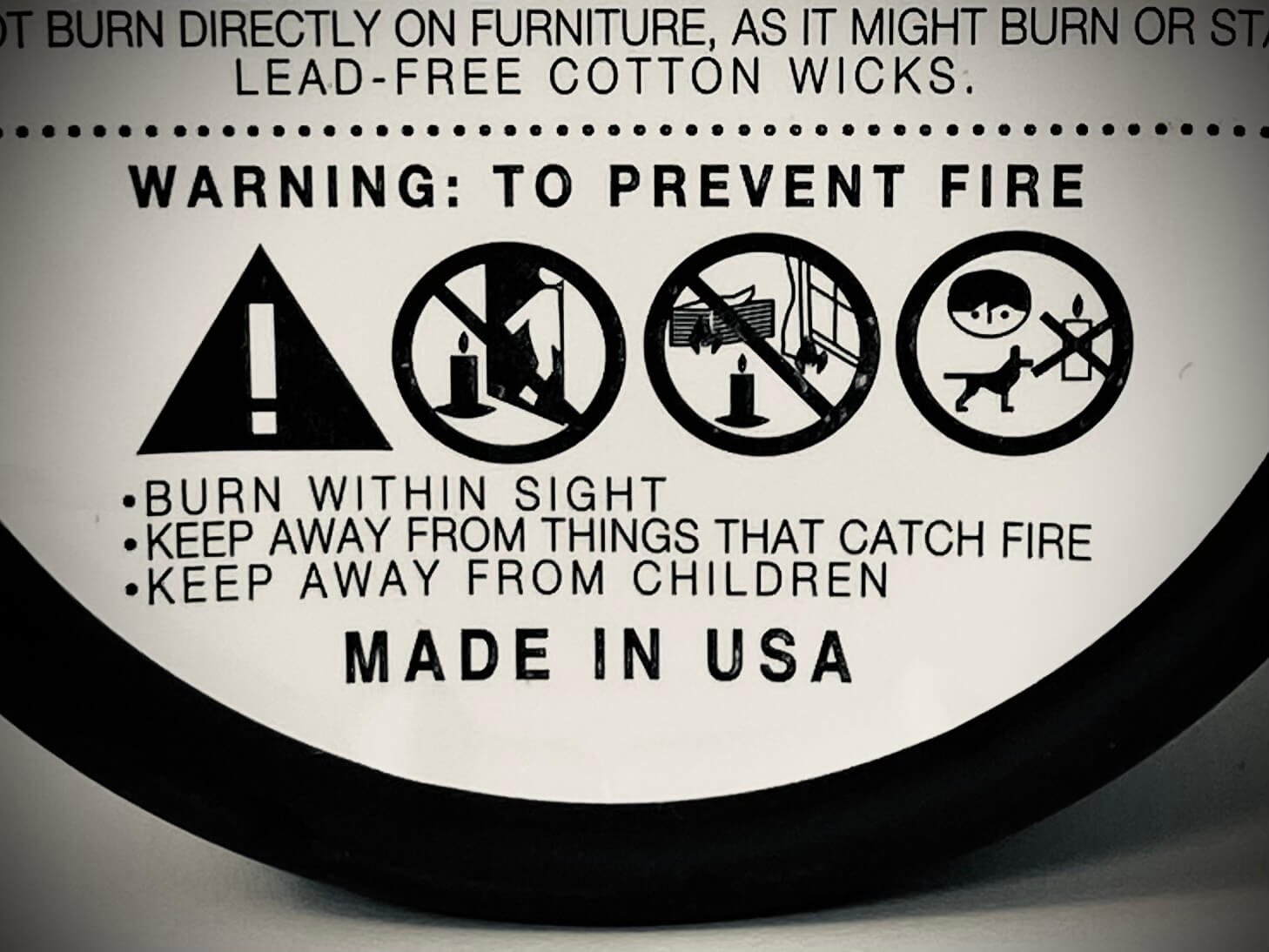Just Do What? The Mass-Marketer's Dilemma...
It was 2012 when Harvard Business Review proclaimed the death of the old marketing model that had built so many of the great brands we all know. Since then, traditional consumer brands have suffered market share losses. And in stark contrast to what went before, those losses have been to a multitude of smaller niche brands, rather than to new mass brands. Yet five years on, it's still not clear what these brands can do about it.
Niche brands have benefitted from the leap in digital technology that has enabled them to build relationships with a specific audience at a fraction of the cost of traditional marketing. Not surprisingly, mass brands have followed them into these new media and sales channels.
Yet success seems to be elusive. In recent months, P&G has refocused back on TV advertising after admitting disappointment with its digital efforts, while Coca Cola has reverted to a more traditional advertising campaign, and announced a shake up of its digital marketing.
The fundamental dilemma is one of scale.
Mass brands need a broad audience, yet digital marketing is better suited to reach smaller, more specific audiences. Trying to scale digital brings complexity and inefficiency. Coca Cola, for example, has ended up with over 300 apps, most of which have less than 50,000 users. While P&G's CMO revealed that they were producing thousands of different pieces of communication every week, but struggling to control the quality. Add to this the challenge of reliable metrics that Facebook has demonstrated, and it's tempting for mass-marketers to yearn for simpler times.
Yet as the presidential elections in the US demonstrated, traditional advertising is no longer any guarantee of success. If you think of the elections as a showdown between traditional and new marketing, then traditional marketing lost hands-down.
To resolve this dilemma, much hope, effort and investment is being placed in the ability of technology to enable personalization at scale, helped by such developments as targeted TV advertising and chatbots.
A second dilemma: Authenticity
In today's connected world, authenticity commands much greater value, yet it's difficult for a mass brand to suddenly become authentic. Authenticity is not an image that can be created through marketing, old or new. Rather, it stems from the purpose and beliefs of a brand, and how it has and continues to behave. MacDonald's, for example, can't overnight gain the authenticity of In-N-Out Burger, which has pretty much stayed true to its founding principles over the nearly seventy years of its existence.
Of course, there are mass brands that have successfully managed to combine scale with authenticity in this new environment. Apple, Nike and Starbucks are obvious examples, but again, these are brands that have pretty much stayed true to their founding values and beliefs.
As well as trying to solve the dilemma posed by digital marketing, mass-marketers would be well advised to return to the core of why the brand exists, and work across the business to ensure that the brand is at least lived from this day forward...









